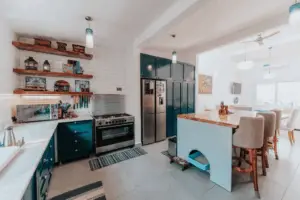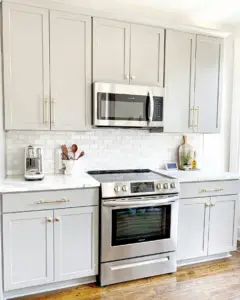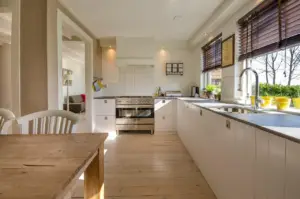by George House/24,June,2025
Coastal living is stunning, yet wind, salt spray, and sudden storms can damage your house. For that reason, picking the right entry door really counts. This easy guide shows how impact doors shield your family, cut repair costs, and guard your home against extreme weather. Read on so you can make a wise, storm-ready choice with confidence.
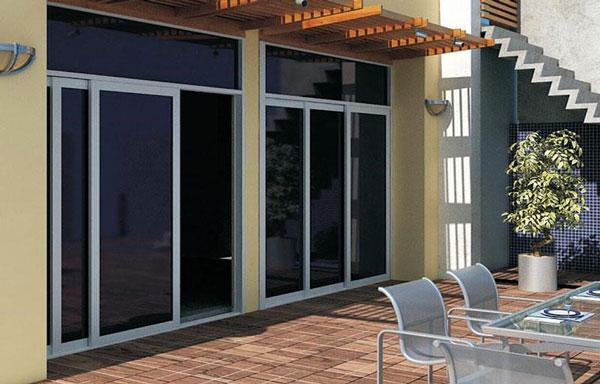
1) What Are Impact-Resistant Doors?
“Impact-resistant doors are heavy-duty entryways built to shield your house from savage storms, harsh winds, and debris flying at highway speeds.”
They are usually crafted with rugged materials and put through rigorous tests, thus staying in place even during a Category 5 hurricane, where winds exceed 157 mph.
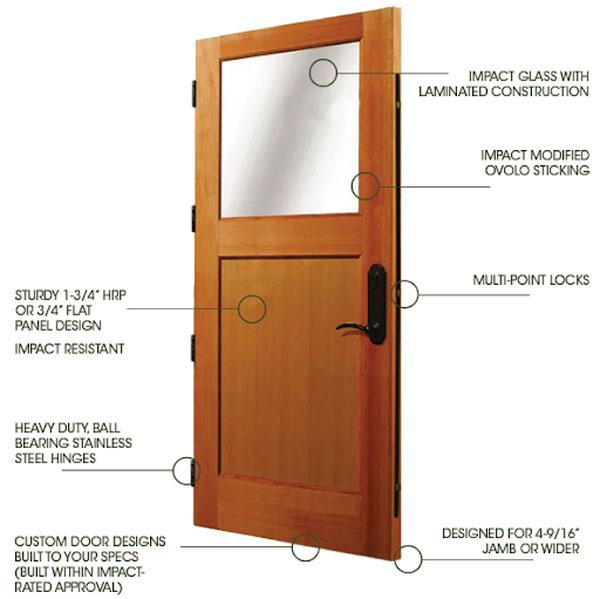
- Key Features
- Reinforced Core Materials: Impact doors feature hardened cores made from galavanised steel, dense hardwood, or fiberglass. These materials can handle blows without cracking or warping. Fiberglass, for instance, bends a little under stress, helping it to absorb shock during fast strikes.
- Laminated Impact-proof Glass: Moreover, the glass inside the doors is special, too. It layers two or more panes with a tough plastic, usually PVB (polyvinyl butyral). Even if a 34 mph missile-test weight collides, the sheet rarely shatters.
- Multi-Layer Construction: In addition, builders stack metal, wood, and glass into a composite shell. That structure helps the door survive violent pressure after nearby windows or shutters fail.
- Certified Testing and Ratings: Last but not least, before the door ever leaves the factory, it goes through a series of tests such as ASTM E1886, ASTM E1996, or the tough Miami-Dade rules.
2) Why Coastal Homes Need Impact-Resistant Doors
If you live close to the coast, you already know your house deals with weather that can turn ugly fast. Because of that, it needs doors built tougher than standard ones, doors that shrug off wind and flying debris. Ordinary models simply aren’t up to that challenge.
Below are the main reasons coastal owners should make the jump to impact-resistant doors!
? Hurricanes and Tropical Storms: Hurricanes and tropical squalls can whip up winds between 100 and 150 mph. Those gales can turn everyday objects- tree limbs, roof shingles into missiles aimed straight at your entry. If the door breaks, wind rushes inside and pushes your roof.
Thus, a solid Hurricane impact door blocks that first crack, dramatically raising your odds of riding out the storm intact.
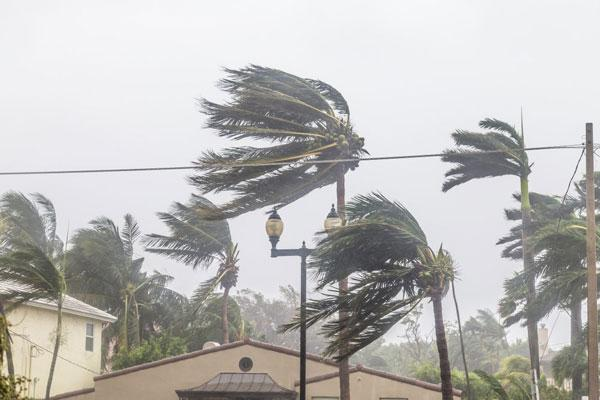
High Wind Zones and Safety Rules: Along the coast, fierce storms blow through so often that towns tag those areas “high-wind zones”. This label triggers tougher building rules you must stick to.
For instance, in Miami-Dade County, doors must pass the tests where a 9-pound timber is shot at them and also face pressure swings that hit ±75 pounds per square foot. Such tests exist purely to shield residents like you when a hurricane roars.
Salt Air Causes Rust: Moreover, coastal air has tiny salt crystals in it. Over time, that salt begins to eat bare metal, weakening ordinary doors and locks. Impact-rated systems, however, use fiberglass, treated wood, or stainless steel that shrug off corrosion. Because of that smarter mix, they stay rigid and bright even in the salty breeze.
- Real-life examples
Hurricane Ian swept through in 2022 and left countless homes wrecked simply because their doors gave way. When a door fails, wind and water tumble inside and put everything, walls, furniture serious risk. That’s why hurricane doors come in.
3) How to Choose the Right Impact-Resistant Doors for Coastal Homes
As we have already discussed, a solid way to shield your coastal home is to pick an impact-resistant door built for those hazards. Since not every door labelled impact-rated offers the same strength, here’s what to check before you buy.
- Always Begin with Certifications: Before anything else, you have to see the storm-safety stamp on the door. Have a quick glance at the table below for a better understanding!
| Certification | What it tests | Required performance | Why it matters |
| Miami-Dade County Approval | Large missile impact and air pressure resistance | Withstand a 9-lb 2×4 wood beam at 50 ft/sec and pressure of ±75 psf | One of the strictest U.S. standards for hurricane zones |
| Florida Building Code (FBC) | Wind pressure, water resistance, and debris impact | Handle winds over 150 mph and prevent water leaks | Legally required in many coastal areas like Florida |
| ASTM E1886 / E1996 | Wind-borne debris and pressure cycling | Meet national standards for impact and wind pressure testing | Suitable for most U.S. coastal homes and insurance claims |
- Choose Strong, Long-Lasting Materials: After credentials, zoom in on the door itself. Fiberglass shrugs off salt and rust, making it a smart coastal pick. Also, cold-rolled steel stays rigid under blows and salt, but watch for edge rust. In addition, solid hardwood looks warm, yet needs sealing to resist moisture and insects.
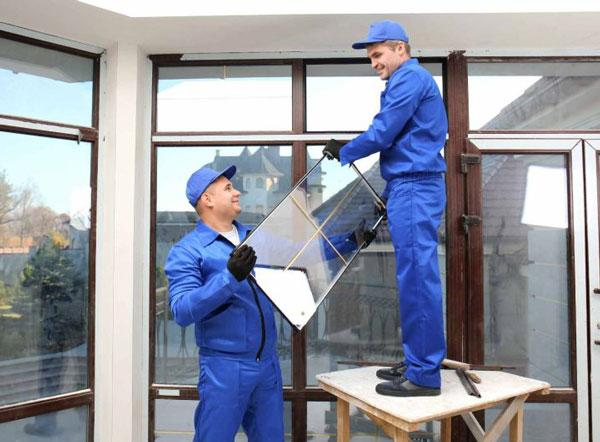
- Look for Laminated Impact Glass: If your door has glass, make sure it’s laminated. That really means two sheets of glass with a thin plastic layer sandwiched inside. Even after a big hit, the panel holds together. The surface may spider-web, but shards won’t fall out or turn into daggers.
- Pick Strong Frames and Locks: A solid door also needs a solid frame, usually welded steel or treated hardwood. So, seek out multi-point hardware, because it locks top, middle, and bottom at the same time. That grip keeps the impact storm door snug as wind and rain howl.
- Get Help from a Certified Installer: Finally, hire an installer who knows your local gust zones and code rules. He or she will set the door right, advise on weather seals, and hand you paperwork for the inspector.
4) Benefits of Impact Doors Beyond Protection
Although coastal doors were built to shield your home from hurricanes and airborne debris, their benefit stretch far beyond storm season. Honestly speaking, once you install it, you’ll inherit gains that boost safety, comfort, and your property’s overall worth for years.
+ Better Insulation and Energy Efficiency: These doors feature dense ( steel, fiberglass, solid wood, etc) cores and snug seals. It helps slow down the heat transfer, thus keeping indoor temperatures more evenly and in turn, your HVAC runs less.
The U.S. Department of Energy even notes you could trim cooling and heating bills by roughly 15% whenever the entry points are well sealed.
+ Lower Insurance Premiums: Fewer storm-related repairs also mean lower risk for the insurer, so plenty of companies hand out discounts-often around 25% to 45%, on policies when impact doors line the house. That turns a safety upgrade into a move that pays you back.
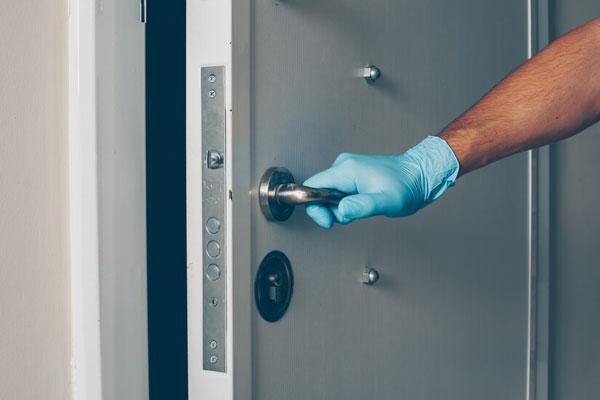
+ Improved Noise Control: The combination of laminated glass and mulitlayer construction acts like a sound blanket, blocking the outside noise. This is because sound travels in the form of waves, so when such waves are hit by thick plastic or glass, some sound energy gets absorbed or scattered.
In laminated glass, the thin vinyl layer acts like a tiny shock absorber, grabs those vibrations, thus less noise sneaks inside.
+ Increased Home Value and Curb Appeal: Furthermore, such doors look tough and sharp at the same time. They freshen up your house’s outer face and give future buyers one more reason to notice. I must say that by installing such doors, you’ve already raised the price tag in a market that loves security, efficiency, and weather-protection.
5) Cost considerations and Maintenance Tips for Impact-resistant doors
Choosing an impact-resistant door for your coastal house is a smart call, but you still need to know what it costs, how to set it up properly, and how to look after it once it’s in place.
➔ Cost Considerations
Impact-resistant doors come in a mix of materials and price points. Here’s a quick rundown:
| Basic Fibreglass Door | Steel Entry Door | Premium Wood or Custom | |
| Average costs | $800 – $1,200 | $1,000 – $1,800 | $2,000 – $4,500+ |
Though their costs are high, these doors last 20 to 30 years, and can trim insurance bills by up to 45 per cent, so it’s a long-term investment for you.
➔ Maintainance Tips
- Wipe the door with clean water now and then; that rinses off any salt and keeps the finish bright.
- Look at the seals, locks and hinges after a few months to check if something sticks.
- Every few years, give metal or wood a fresh coat of paint or sealant to keep rust and rot from moving in.
- Book a full inspection once a year, ideally just before storms; catching tiny problems early saves bigger headaches.
6) Final Words
In short, picking the right impact-resistant doors for your coastal house is more than a safety move; it’s a promise of long-lasting calm. When well installed and cared for, it stands guard for decades without faltering.
However, a reliable manufacturer is equally important; that’s why we suggest buying from George Group. We have 17+ years of experience in providing cutting-edge engineering solutions to a wide range of sectors. So, contact us today to get cost-effective, customized impact-resistant doors to ensure your home’s safety.

